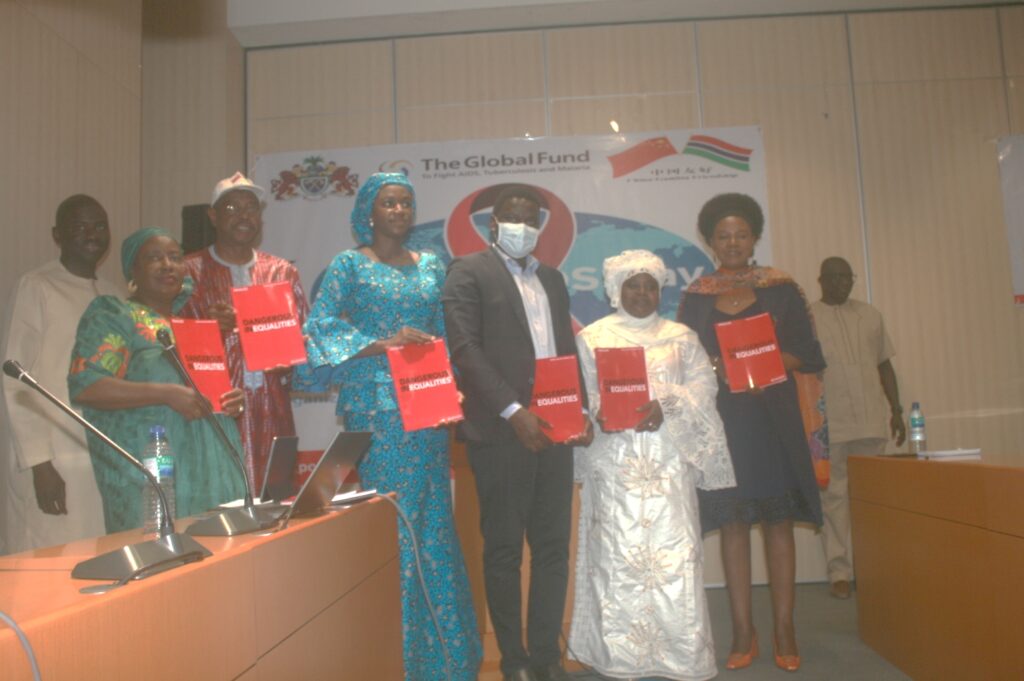By Yunus S Saliu
The recently launched 2022 World AIDS Day report titled Equalize has indicated that the structural inequalities and human rights barriers significantly increase HIV risk and reduce access to services.
It was noted in the report that the above is leading to the situation today, “where the relative risk of acquiring HIV is 35 times higher among people who inject drugs than adults who don’t inject drugs. It is also 30 times higher among female sex workers and 14 times higher among transgender women that it is among adult women (15-49 years) in the general population, and 28 times higher among gay men and other men who have sex with men than among adult men (15-49 years) in the general population.”
This latest report – Equalize was launched at the World AIDS Day celebration held at the Sir Dawda Kairaba Jawara International Conference, Bijilo.
The report noted that people in prisons are five times more likely to be living with HIV than adults in the general population.
It reports continued that the failure to build an HIV response that enables key populations to protect their health and prevent acquiring HIV is one of the reasons why the world missed the 2020 Fast-Track Targets, and why “we are not currently on track to achieve the 2025 targets outlined in the Global AIDS Strategy 2021 – 2026: End Inequalities, End AIDS (1).”
The report established that the decline in new infections has been strongest in sub-Saharan Africa, where much of the epidemic is transmitted through heterosexual contact, but it has stalled in the regions outside of sub-Saharan Africa, where new infections are concentrated among key populations.
Further to that, it is noted in the report that further disaggregate, the decline in sub-Saharan Africa, where many of the world’s greatest HIV prevention successes have occurred, no meaningful decline has been seen in new HIV infections among gay men and other men who have sex with men since 2010.
“HIV incidence in western and central Africa had declined by 58% among adult men (aged 15 to 49 years) overall since 2010, but a systematic review of data found that there was no conclusive decline among gay men and other men who have sex with men over the same period.
“And in eastern and southern Africa, HIV incidence among adult men (aged 15 to 49 years) has fallen by 62% overall since 2010, but the same study found that there had been no significant decline among gay men and other men who have sex with men during that time.

